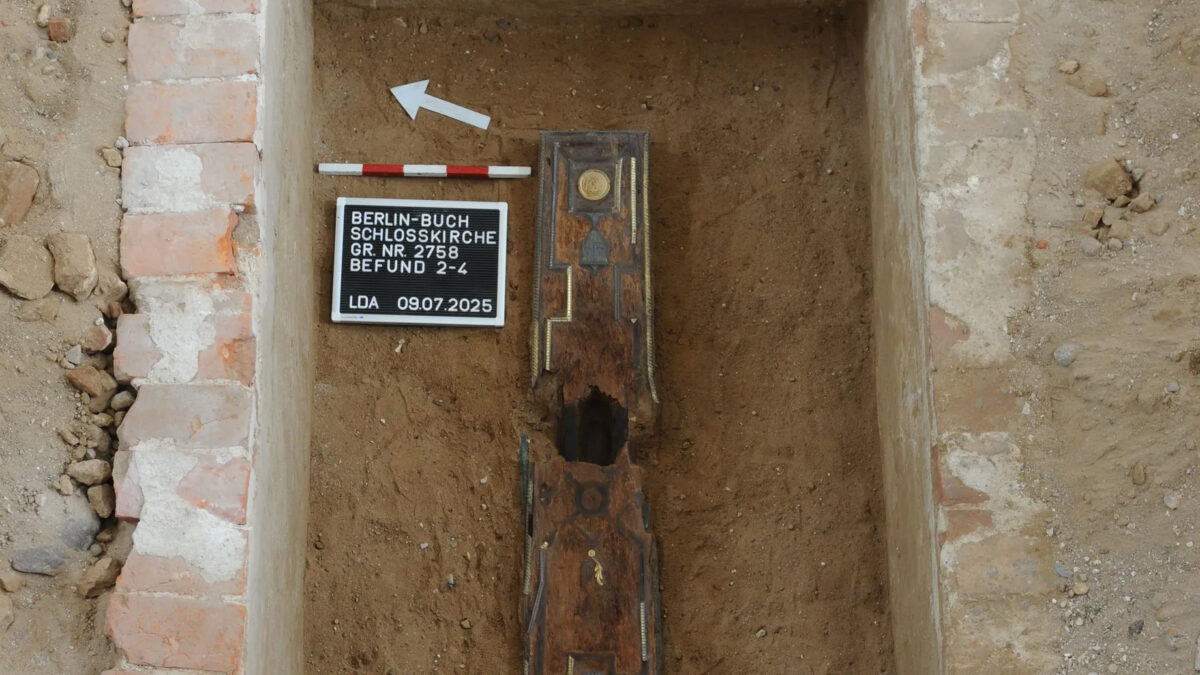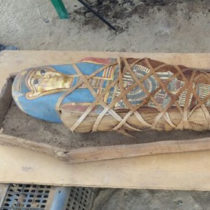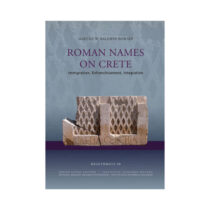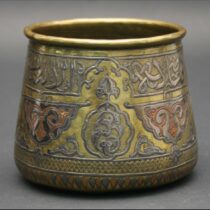Archaeologists working on restoration at Buch Castle Church in Berlin have uncovered a long-lost crypt believed to be the final resting place of Countess Julie von Voß, a noblewoman who became the morganatic wife of King Frederick William II of Prussia in the late 18th century.
Julie von Voß was appointed lady-in-waiting to Queen Frederika Louisa of Hesse-Darmstadt in 1783. Just four years later, in 1787, she married the king in a morganatic union—a legally recognized marriage between a royal and a noblewoman of lower rank. Importantly, this arrangement was conducted with the queen’s formal consent, and it allowed Julie to retain a noble title without royal privileges. Contrary to some modern accounts, the marriage was not bigamous in a legal sense, though it was highly unconventional.
Tragically, Julie died of tuberculosis at just 22 years old in 1789, only two months after giving birth to a son. Before her death, she had requested to be buried alone in Buch Castle Church, the very place where she had been baptized.
During the recent restoration work, a wooden coffin with gilded fittings and neoclassical medallions was discovered in a solitary brick-lined chamber near the altar—consistent with historical accounts of Julie’s burial wishes. The burial was untouched and preserved in remarkable condition.
Officials from the Berlin State Office for Monument Protection described the find as a rare and significant insight into elite burial customs of the late 18th century. However, due to the delicate state of the coffin, no invasive procedures such as DNA testing or opening the casket are currently planned.





